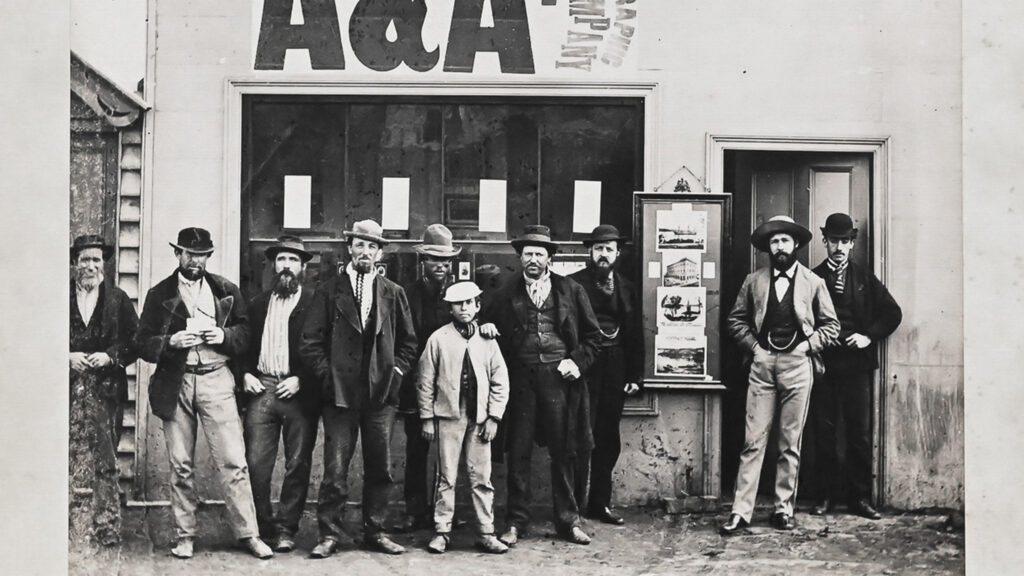
A chance encounter with a travelling photographer changed the course of young Charles Bayliss’s life in 1866. He was sixteen years old and living in suburban Melbourne when Beaufoy Merlin knocked on the door and asked to photograph the family home. The entrepreneurial Merlin had started a business documenting the buildings and houses of the […]
Read More…
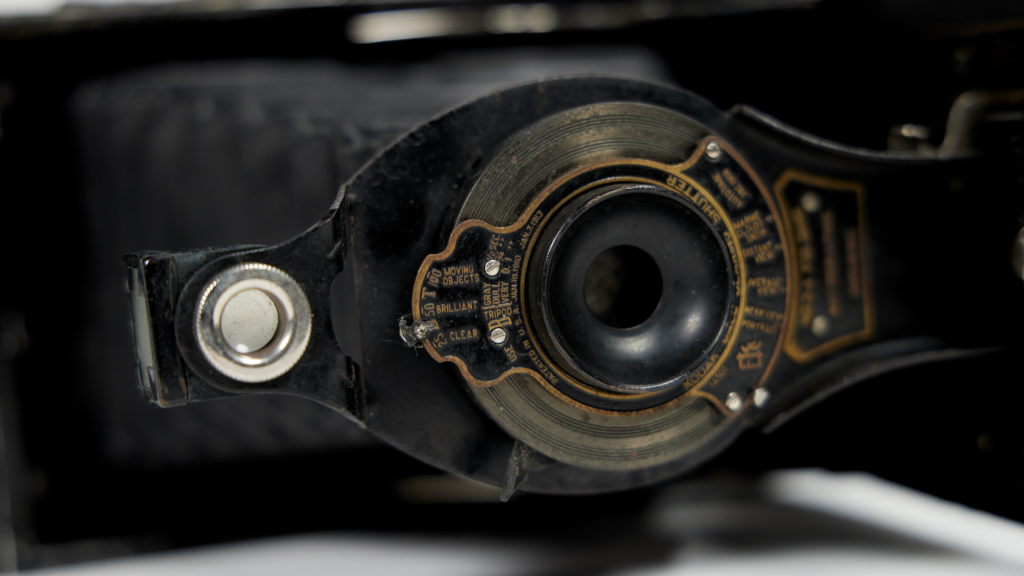
Prior to 1900, photography was largely an activity for experts. Cameras were bulky, complicated, required hazardous chemicals, and perhaps most importantly, were expensive. However, when Kodak introduced the ‘Brownie,’ a low-priced, point-and-shoot camera that year, it well and truly changed the game. Photography was finally within the reach of amateurs and the low price allowed […]
Read More…
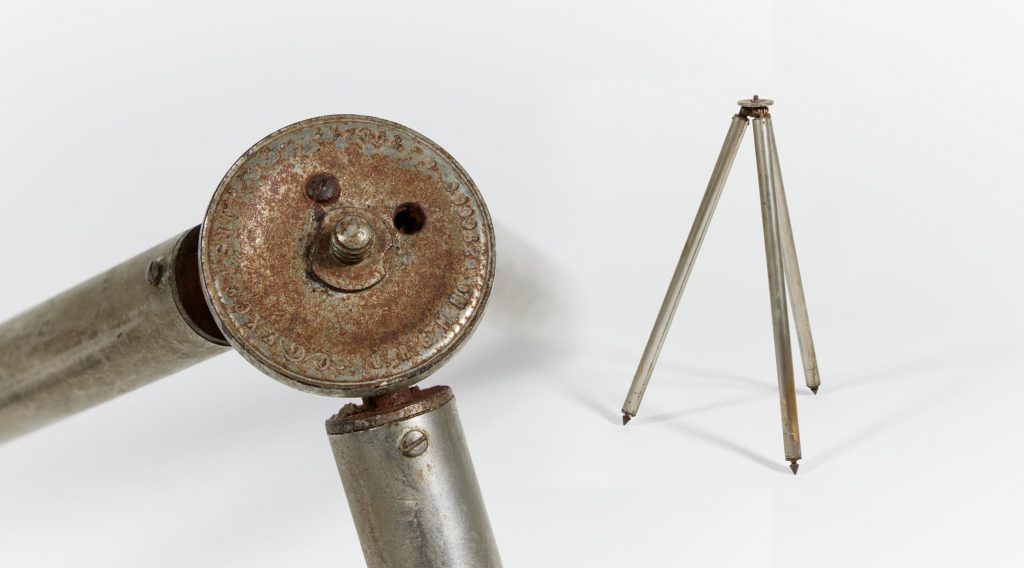
In the 1890s, it was fashionable for well-to-do gentlemen to experiment with photography. It took someone with both time and money to be a successful amateur photographer and James C. Wilson (1834-1901) certainly fit the bill. Born in Ireland, Wilson emigrated to Australia in 1857 and quickly rose to prominence as the first mayor and […]
Read More…
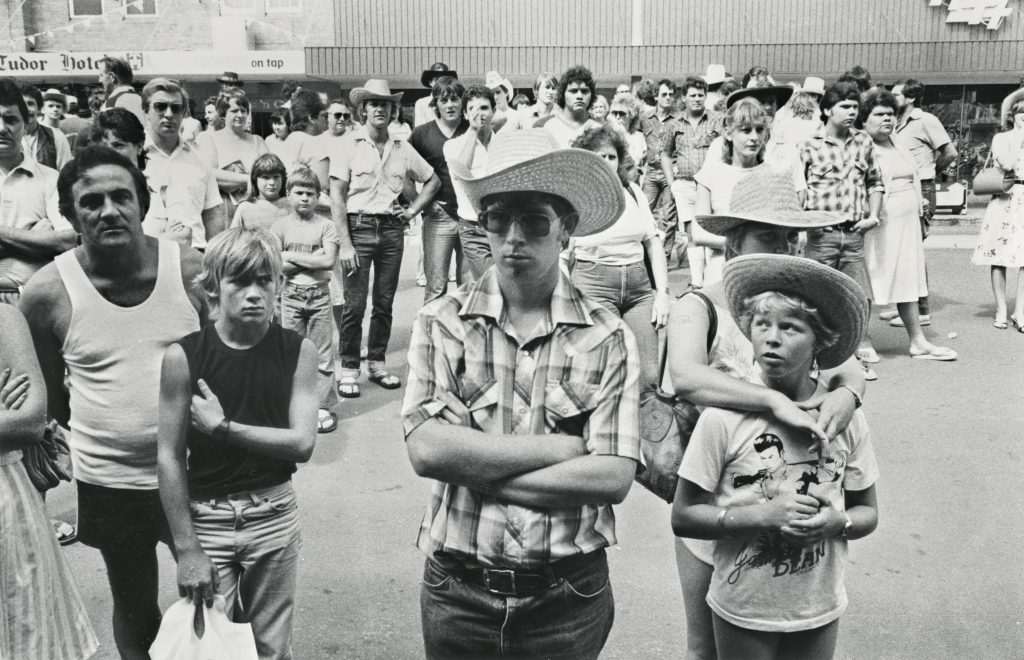
In her photographs of Tamworth, Judith Ahern shows us the characters and camaraderie of its famous country music festival with unflinching honesty; capturing everything but the sound of the music itself. Ahern took her camera backstage, into the pubs, and out to the streets during the festivals of the late-1980s, when Tamworth was cementing its […]
Read More…
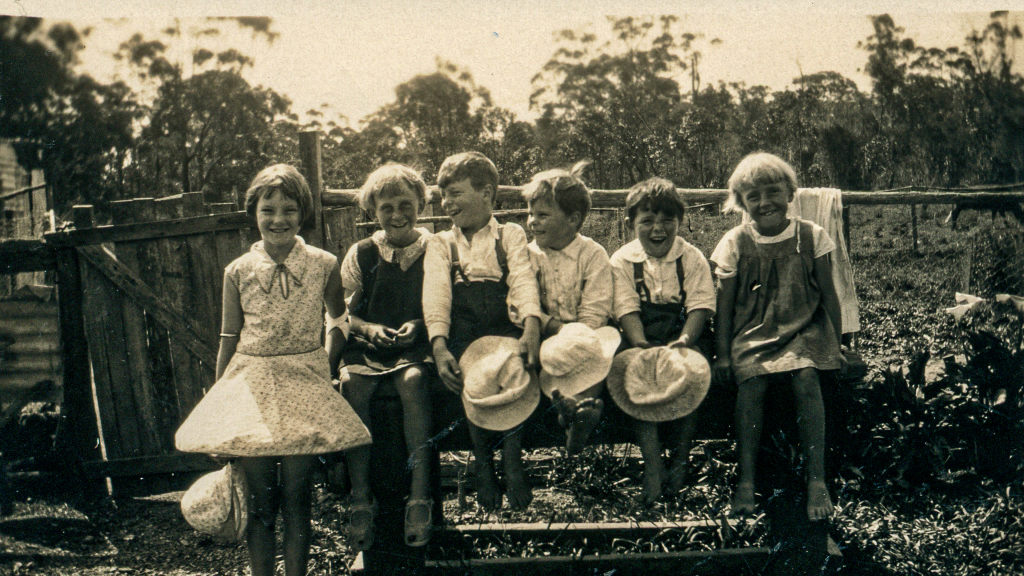
Today we live in a society that is saturated with images. Everyone with a smart phone has a camera in their pocket, ready to capture the world around them and share online in an instant. In the 1920s, photography was just starting to become more accessible to Australians. Cameras were getting lighter, cheaper, and easier […]
Read More…
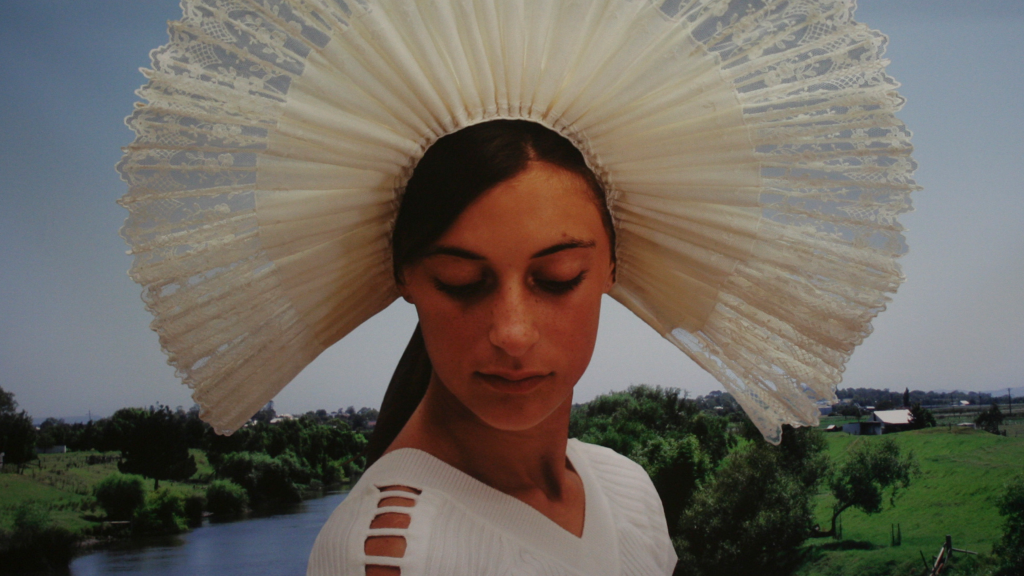
It was in 1995, during an artist’s residency at Hyde Park Barracks, that Anne Ferran (1949-) began to make art about Australia’s past: ‘You can live in a country all your life and feels like nothing happened before you got here.’ From this emerged a practice of unearthing forgotten or unspoken history and using it […]
Read More…
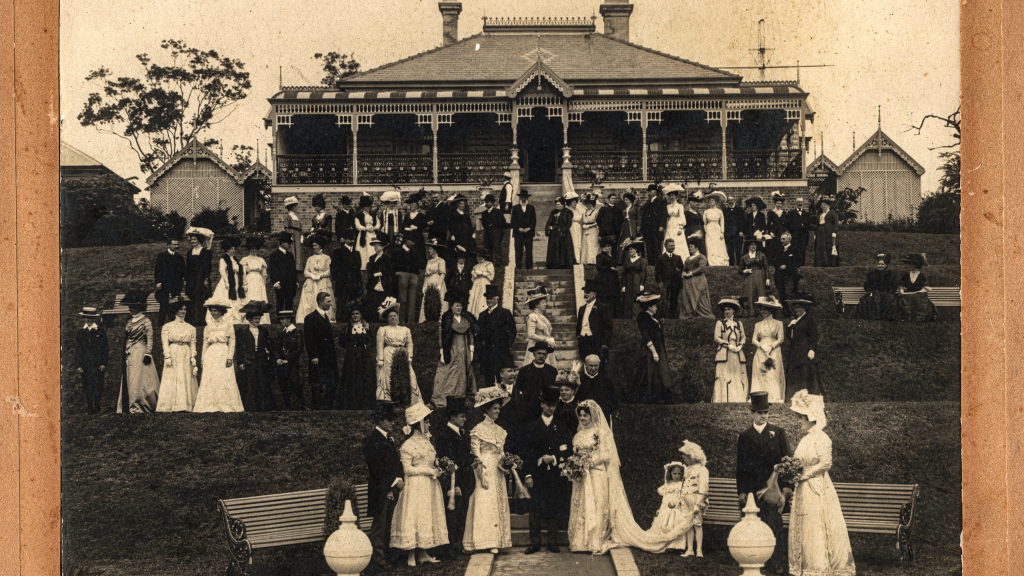
Holding the arm of her new husband Ernest John Phillips, Scottish-born Jessie McGeachie (1883-1947), descended the stairs in the garden of her parent’s home Craig Royston in Toronto, with its terraced lawns leading down to the edge of Lake Macquarie. It was the morning of 9 June 1909 and they had been directed to take […]
Read More…
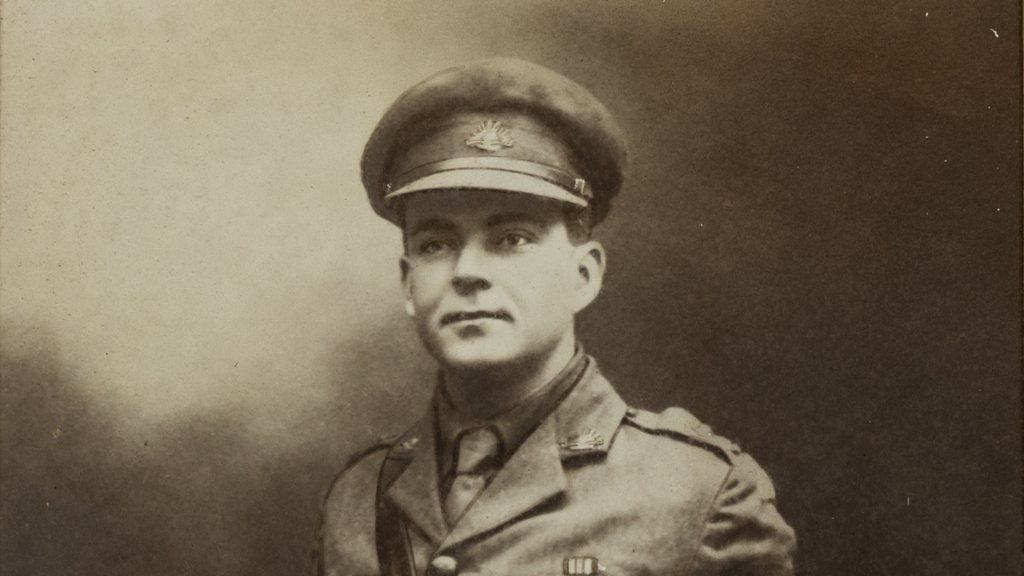
There’s a marble stone plaque on Morpeth’s war memorial statue that reads, ‘For King & Country’. Listed there are the names of the local ANZAC soldiers who served in World War One. Third on that list is Lieutenant H. Maynard MM, and below, on another plaque is a commitment, ‘Lest We Forget’. This is a […]
Read More…
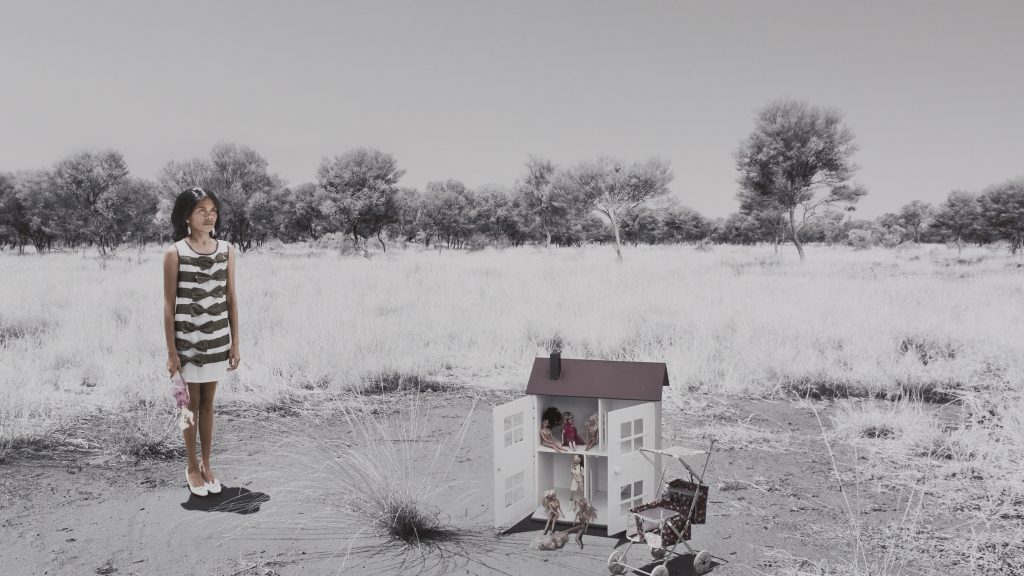
It may surprise you to learn that dollhouses were not originally intended as childhood playthings. The first examples of European dollhouses, or dockenhaus in German, come from the seventeenth century. Meaning ‘miniature house’, these were intended for adults and served as a physical display of wealth, class, and privilege. In Mother (Dolls House), artist Michael […]
Read More…
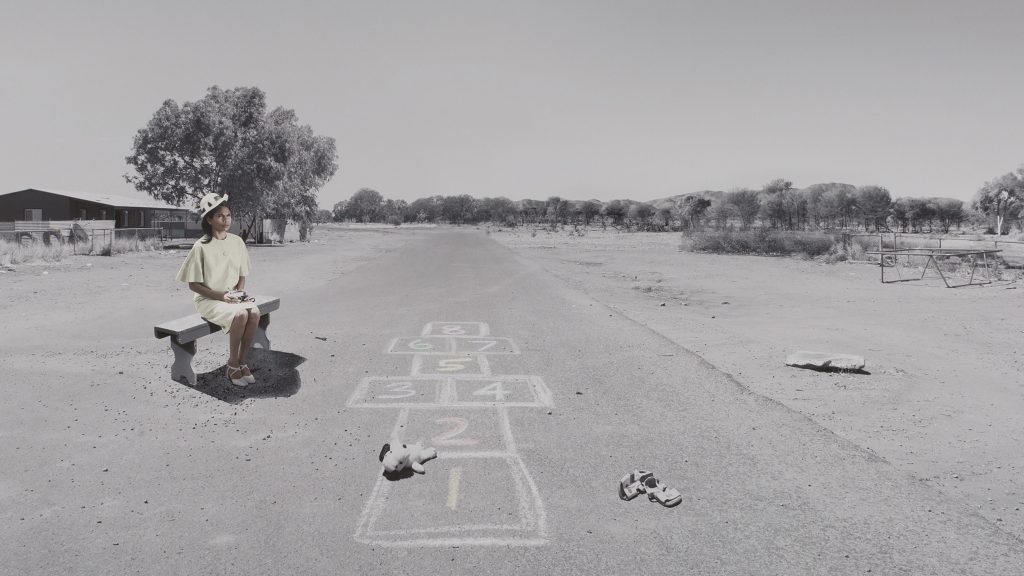
First recorded in the English-speaking world in the seventeenth century, hopscotch as a children’s game conjures images and sounds of laughter, joy, and play-themes that art photographer Michael Cook (1968-) comments on through their visual omission in his work Mother (Hopscotch). Speaking directly to the artist’s personal past as an Indigenous adoptee, and to the […]
Read More…











